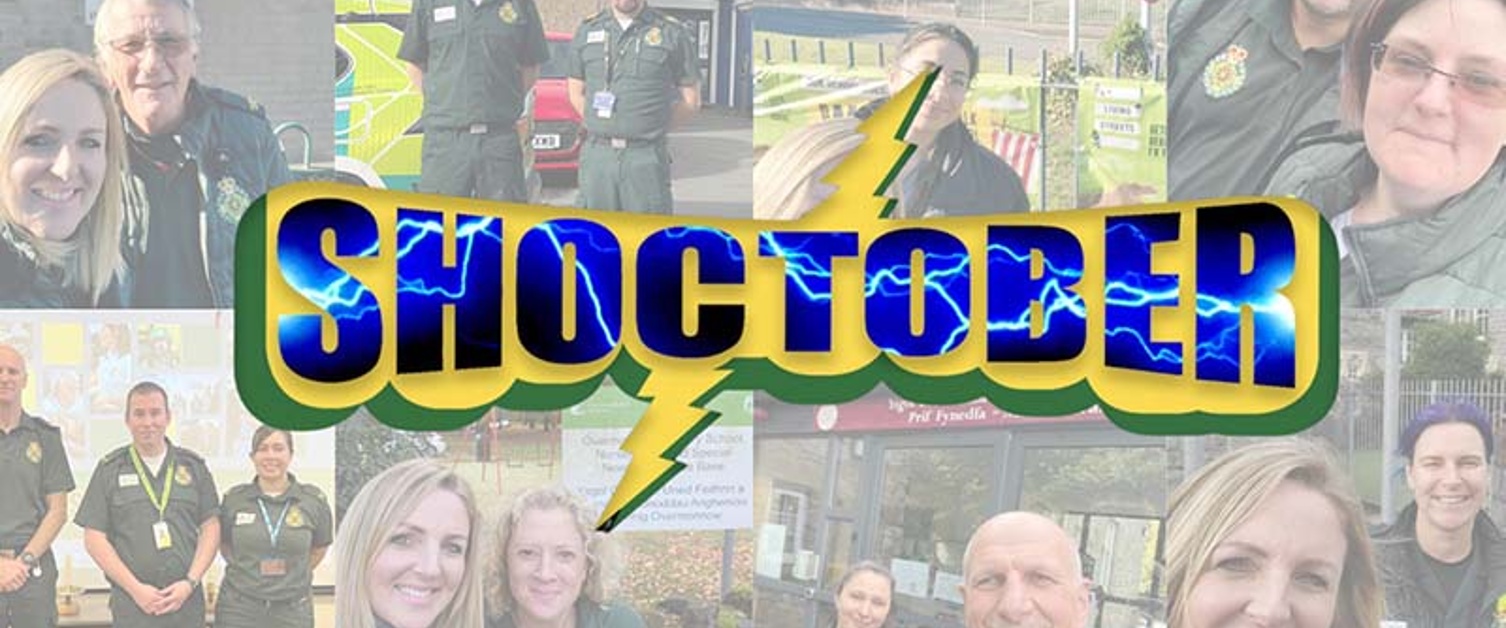Shoctober makes a return to schools

THE Welsh Ambulance Service has been back in schools celebrating its annual Shoctober campaign.
The month-long campaign, which runs every October, sees the Welsh Ambulance Service educating primary school pupils about the correct use of 999, how to perform cardiopulmonary resuscitation (CPR) and how to use a defibrillator.
As a result of the pandemic, the Trust’s Patient Experience and Community Involvement (PECI) Team had to approach the campaign virtually for two years, providing an educational animated film, suitable for children.
This year, the team is back to visiting schools across the country in-person, building the confidence of more than 1,800 pupils, by teaching what they can do in an emergency situation while help is on its way, including hands-only CPR.

Fiona Maclean, PECI team manager, said: “We are really pleased to be back face-to-face, educating and teaching children.
“We’ve managed to visit 32 schools across Wales, with volunteers from the Welsh Ambulance Service, Local Health Board colleagues and medical students helping us in our demonstrations.
“The interactive sessions include THE appropriateness of 999, the five emergency services available and life-saving skills; recovery position, hands-only CPR and using a defibrillator.
“Teaching children from a young age means that they are more likely to stay calm if a crisis presents itself.
“I want to say a massive thank you to all the schools involved and especially to the volunteers who gave up their time to support this very important campaign.”
If your school is interested in joining us for Shoctober next year, follow the PECI team on Twitter.

When someone has a cardiac arrest, they collapse and become unresponsive.
They either stop breathing entirely, or they may take gasping or infrequent breaths for a few minutes, which can be misinterpreted as snoring.
If you see someone having a cardiac arrest, phone 999 immediately and start CPR.
The call taker will tell you exactly what to do, and if there is someone else at scene, instruct you to send them to the nearest identified defibrillator
A defibrillator will deliver a controlled electric shock to try and get the heart beating normally again.
Watch this video from the Resuscitation Council UK about how to perform CPR.
It is important that new and existing defibrillators are registered on The Circuit in order that 999 call handlers can quickly and easily alert callers to their location if needed.
Check www.defibfinder.uk to see where your nearest defibrillator is.
Editors Notes
For more information, email Communications Officer Beth.Eales@wales.nhs.uk or call Beth on 07870 383209.